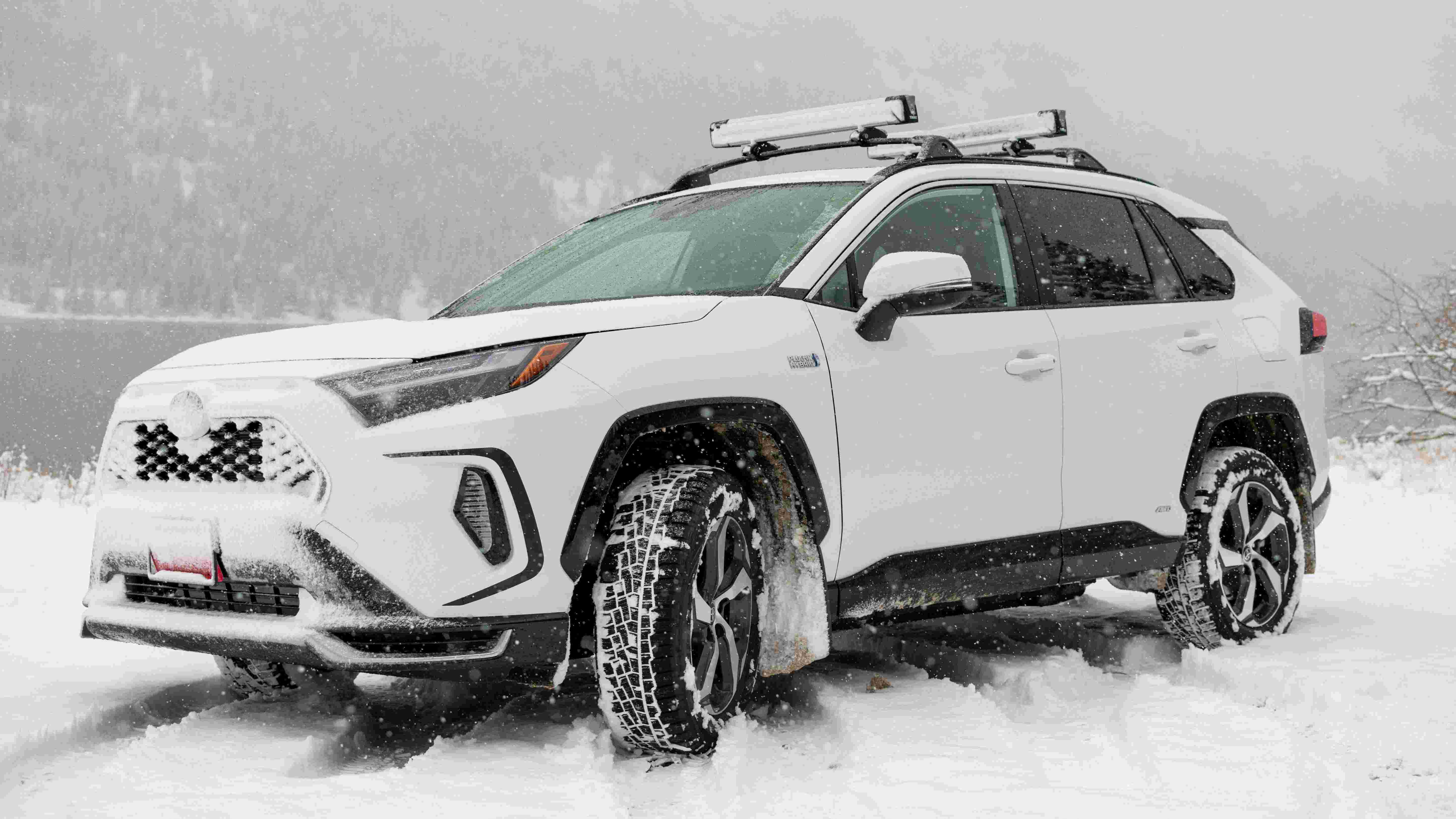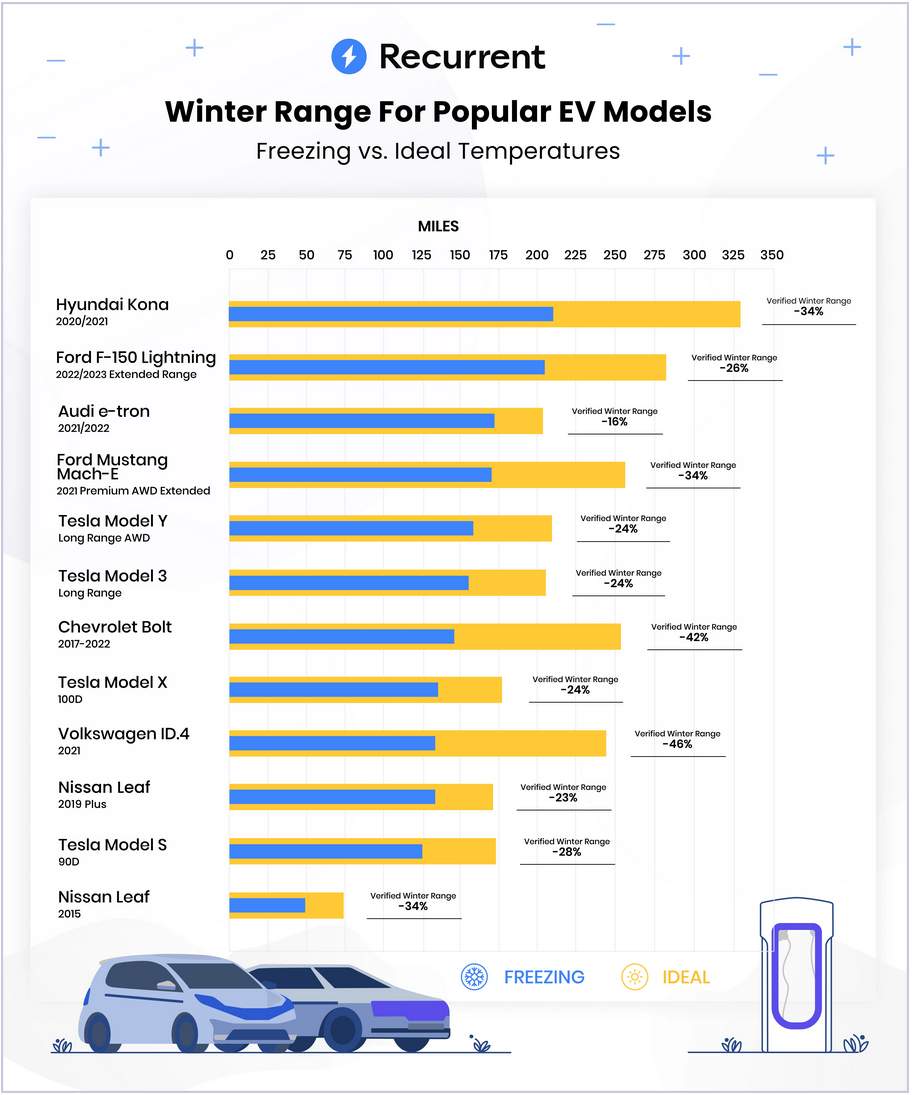
Jan 30, 2024
As America confronts a harsh cold wave, the automotive industry's spotlight turns to the performance of electric vehicles (EVs) and hybrids in these extreme temperatures. Understanding the impact of cold weather on these vehicles is essential, particularly why hybrids stand out as a better choice in such conditions.
The Challenge for Electric Vehicles in Cold Weather
Electric Vehicles, known for their eco-friendliness and advanced technology, predominantly use lithium-ion (Li-ion) batteries. These batteries face significant challenges in cold weather, as evidenced by the recent cold snap. EV drivers are experiencing notable performance issues, including a drastic range reduction, sometimes by nearly half, and slower charging speeds due to the reduced mobility of lithium ions in the cold.

The Hybrid Advantage in Low Temperatures
In contrast, hybrids with nickel-metal hydride (NiMH) batteries prove more robust in cold conditions. While all batteries are affected by the cold, NiMH batteries experience a milder performance drop, typically around 10 to 20 percent below freezing. This reduction is similar to that of conventional gasoline vehicles and does not drastically compromise mobility.
Tips for Maintaining Hybrid Battery Health in Cold Weather
Maintaining the health of your hybrid battery during cold weather is crucial. Here are some tips to ensure optimal performance:
- Garage Parking: Whenever possible, park your hybrid in a garage to protect the battery from extreme cold.
- Precondition the Battery: If your hybrid has a Li-ion battery, use the vehicle's features to precondition the battery, warming it up before driving, to enhance efficiency.
- Regular Use: Regularly driving your hybrid helps maintain the battery's charge and efficiency, especially in cold weather.
- Smooth Driving: Adopt smooth and steady driving habits to reduce the strain on the battery.
- Check Tire Pressure: Properly inflated tires reduce the load on the battery, so regularly check and adjust tire pressure.
- Limit Accessory Use: Minimize the use of high-energy-consuming accessories like heated seats and defrosters, especially at the start of your drive.
- Regular Maintenance: Keep up with maintenance checks for your vehicle's battery and electrical systems.
- Battery Insulation: Consider battery insulation options for additional protection against the cold.
The Balanced Approach of Hybrids
Hybrids blend the reliability of gasoline engines with the efficiency of electric power, a particularly advantageous combination in varied weather conditions. When the battery efficiency dips, the gasoline engine picks up the slack, ensuring consistent performance. Additionally, hybrids are generally more fuel-efficient, emit fewer pollutants, and are more cost-effective compared to pure electric vehicles, especially considering current charging infrastructure limitations.
Conclusion: A Smart Choice for Cold Climates
Hybrids demonstrate their resilience and reliability in cold weather, making them an excellent choice for those living in cold regions or anyone valuing consistent performance. While EV technology is evolving to address cold-weather challenges, hybrids currently offer a practical, efficient, and environmentally friendly option.
For hybrid owners, this is a reaffirmation of their smart choice. Your hybrid is not only capable of handling cold weather more effectively than EVs but also provides a balanced, efficient, and reliable mode of transportation. If your hybrid battery faces cold weather challenges, remember that proper care and maintenance can significantly impact its performance and longevity.
For any further assistance, feel free to reach out for a consultation. Stay safe and warm this winter in your trusty hybrid!

